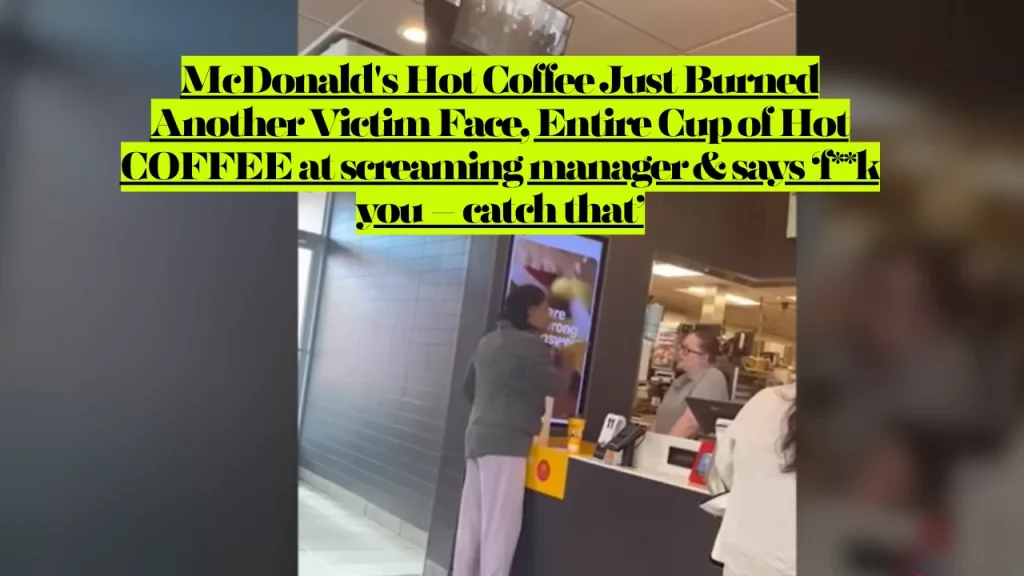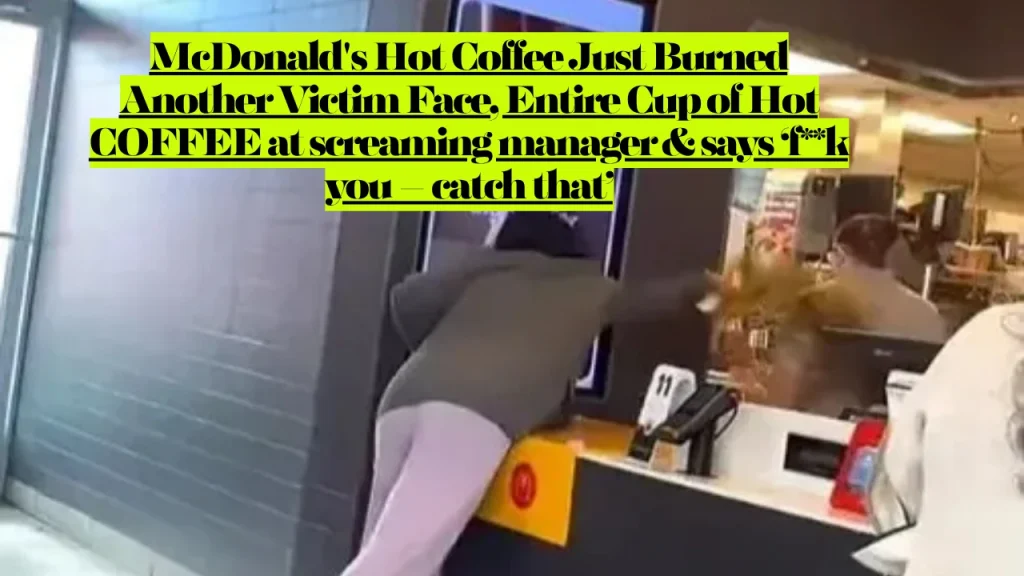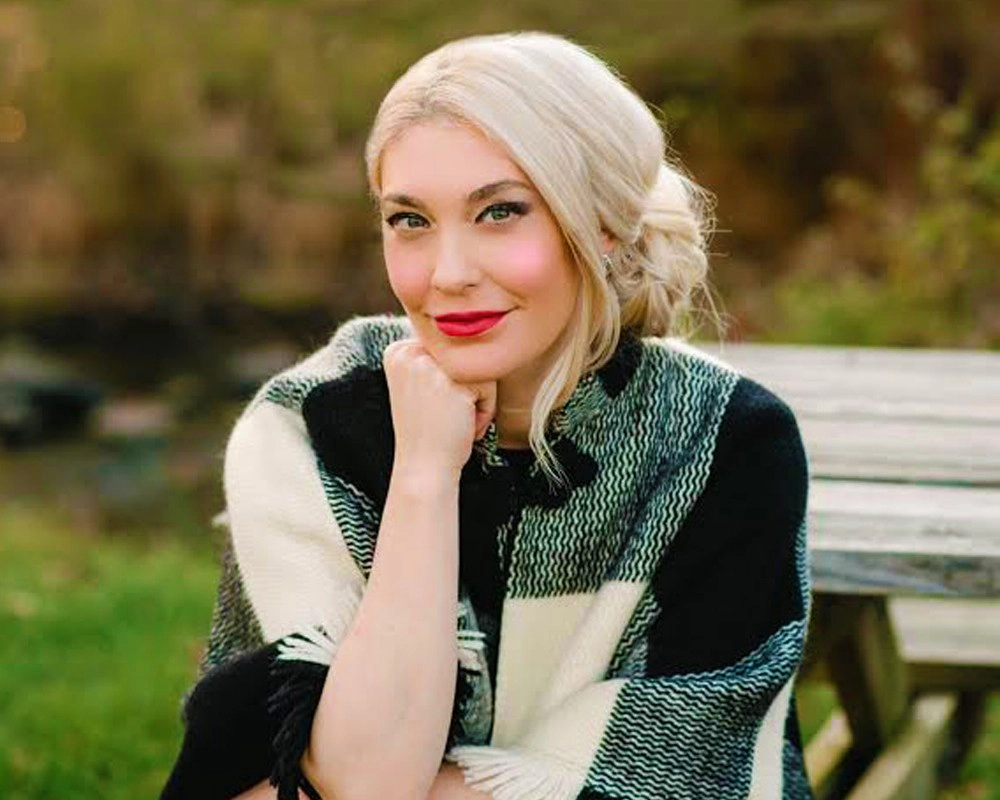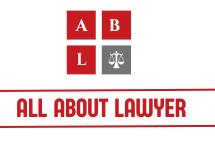McDonald’s Hot Coffee Just Burned Another Victim Face, Entire Cup of Hot COFFEE at screaming manager & says ‘f**k you – catch that’
A McDonald’s manager in Saginaw, Michigan screamed in agony after a 48-year-old customer ripped the lid off her coffee and hurled the scalding drink at her face on November 5, 2024. The woman can be heard shouting “Fk you, bh! Catch that hot a** coffee!” as the steaming liquid splashes over the stunned employee, leaving her with burns.
This violent attack—captured on video and now gone viral—brings fresh attention to the most misunderstood product liability case in American history: Liebeck v. McDonald’s Restaurants (1994). That case, where a jury awarded Stella Liebeck $2.8 million after third-degree burns from spilled coffee, changed how courts evaluate consumer protection claims when products cause severe injuries.
The Saginaw incident wasn’t an accident. But it raises the same question courts wrestled with 30 years ago: should McDonald’s coffee be hot enough to cause serious burns in seconds?
What Just Happened in Michigan
The attack unfolded inside a McDonald’s on Dixie Highway in Buena Vista Township on Tuesday morning. Shocking footage shows the customer screaming at the manager behind the counter over a refund dispute before suddenly taking things to a terrifying level.
The manager, remaining calm despite the abuse, tries to explain that the refund is being processed. “You’ve got your coffee. That’s all you were charged for. Your refund will take up to 48 hours,” the manager says patiently.
As the manager turned her back to walk away, the woman ripped the lid off her coffee cup and hurled the scalding drink at her. The McDonald’s worker was left with minor burns after the attack.
Detective Russ Pahssen from Buena Vista Township Police said the woman has been identified but not yet located. Officers have now issued a warrant for her arrest and she’s facing possible felonious assault charges—though that could be reduced to a misdemeanor depending on the extent of the manager’s injuries.
The criminal case is straightforward assault. But the incident spotlights an unresolved product safety question: three decades after Liebeck, McDonald’s coffee is still hot enough to burn human skin in seconds.
What the 1994 McDonald’s Hot Coffee Case Actually Established
Stella Liebeck, a 79-year-old woman, purchased coffee from a McDonald’s drive-through in Albuquerque, New Mexico in February 1992. She spilled it in her lap while adding cream and sugar. The coffee caused third-degree burns requiring eight days of hospitalization, skin grafting, and two years of additional medical treatment.
The jury awarded Liebeck $160,000 in compensatory damages and $2.7 million in punitive damages—equivalent to two days of McDonald’s coffee sales. The trial judge reduced punitive damages to $640,000. The parties settled for a confidential amount before appeal.
The jury found McDonald’s 80 percent responsible. Here’s what the evidence showed.
Temperature Standards That Cause Burns in Seconds
McDonald’s required franchisees to serve coffee at 180-190°F (82-88°C). Expert testimony at trial showed coffee at 190°F causes third-degree burns in about three seconds. Coffee at 180°F causes such burns in 12-15 seconds. Home coffee makers typically brew at 135-150°F.
The company argued customers wanted extremely hot coffee. The jury wasn’t convinced that justified the severe burn risk.
700 Prior Burn Reports McDonald’s Ignored
From 1982 to 1992, McDonald’s received more than 700 reports of burns from their coffee. The company settled claims arising from scalding injuries for over $500,000 before Liebeck’s case.
A McDonald’s Quality Control manager testified the company had no plans to reduce temperature or enhance warnings despite 700 complaints. The jury found this corporate indifference justified punitive damages.
Warning Labels Courts Found Inadequate
McDonald’s placed a warning on coffee cups. The jury decided the warning was neither large enough nor sufficient given the known severe burn risk.
The case established that generic warnings don’t shield companies when they have actual knowledge that products routinely cause serious injuries. Companies must either fix the hazard or provide warnings proportionate to the danger.
How Product Liability Lawsuits Work After Liebeck
The Liebeck case clarified the three ways plaintiffs can prove product liability claims:
Design Defect Claims
Plaintiffs must show the product’s design creates unreasonable danger. In Liebeck, evidence showed McDonald’s could have served coffee at lower temperatures that still satisfied customer preferences while dramatically reducing burn severity.
Courts apply a risk-utility test: does the product’s utility justify its risks? Or could the manufacturer have designed a safer alternative without destroying the product’s usefulness?
Manufacturing Defect Claims
These cases involve products that don’t meet the manufacturer’s own specifications. If a coffee maker malfunctions and produces 220°F coffee when designed for 180°F, that’s a manufacturing defect.
The Saginaw incident doesn’t involve a manufacturing defect—the coffee was likely the temperature McDonald’s intended.
Failure to Warn Claims
Companies must warn about non-obvious dangers. The warning must be conspicuous, specific about the risk, and explain the severity of potential injuries.
After Liebeck, McDonald’s and other restaurants enhanced their coffee warnings. But courts still ask: is the warning adequate given the severity of the known risk?

Recent Product Liability Legal Developments
Since Liebeck, courts have applied its reasoning to various consumer products:
Energy Drink Cases (2020-2024)
Families have filed wrongful death lawsuits against energy drink makers claiming inadequate warnings about cardiac risks. These cases cite Liebeck’s principle that companies can’t hide behind minimal warnings when they know products cause serious harm.
Hot Beverage Cases Continue
Starbucks faced a lawsuit in 2019 when a child suffered burns from a hot chocolate served at 190°F. The case settled. Dunkin’ faced similar claims in 2022. Courts continue applying Liebeck’s framework: What temperature did the company use? What burn risk did they know about? Were warnings adequate?
Product Temperature Standards
No federal law regulates beverage serving temperatures. The Specialty Coffee Association recommends serving coffee at 155-175°F. Some restaurants have lowered temperatures to 160-170°F after Liebeck to reduce burn severity while maintaining coffee quality.
The Legal Procedure for Product Liability Claims
Filing a product liability lawsuit involves specific steps:
Initial Investigation (Months 1-6)
Attorneys investigate whether you have a viable claim. They review medical records, product specifications, company documents, and prior similar incidents. They consult experts on product design, safety standards, and injury causation.
For a hot beverage case, attorneys would subpoena the restaurant’s temperature policies, training materials, and prior burn complaints.
Filing the Complaint (Month 6-12)
The complaint must identify the legal theory (design defect, manufacturing defect, or failure to warn), describe how the product caused injury, and specify damages. The defendant has 30 days to respond.
Discovery Phase (Years 1-2)
Both sides exchange documents, take depositions, and hire expert witnesses. In Liebeck, discovery revealed McDonald’s 700 prior burn complaints and internal documents showing the company knew about the burn risk.
This phase determines case value. Strong evidence of company knowledge and prior similar incidents increases settlement leverage.
Settlement Negotiations or Trial (Years 2-3)
About 95 percent of product liability cases settle before trial. If settlement fails, the case goes to jury trial. Juries decide if the product was defectively designed, if warnings were adequate, and if the company’s conduct justifies punitive damages.
Liebeck went to trial. The jury awarded significant punitive damages based on McDonald’s indifference to a known risk.
What Makes Product Liability Claims Succeed or Fail
Cases That Win
Plaintiffs win when they prove: (1) The product had a design flaw or inadequate warnings; (2) The manufacturer knew or should have known about the danger; (3) The defect directly caused severe injuries; (4) The plaintiff used the product as intended or in a reasonably foreseeable way.
Liebeck succeeded because McDonald’s knew about 700 prior burns, served coffee at temperatures causing third-degree burns in seconds, and provided inadequate warnings.
Cases That Fail
Product liability claims fail when: (1) The plaintiff misused the product in an unforeseeable way; (2) The manufacturer had no reason to know about the danger; (3) Warnings were clear and adequate; (4) The plaintiff’s own negligence primarily caused the injury.
Courts dismissed cases where plaintiffs suffered burns after deliberately tampering with beverage lids or ignoring explicit warnings. The Saginaw case involves intentional assault, not product liability—the attacker weaponized the coffee.
Comparative Fault Reduces Awards
Even when plaintiffs win, juries assign fault percentages. In Liebeck, the jury found her 20 percent responsible for placing the coffee between her legs. That reduced her compensatory damages from $200,000 to $160,000.
Many states bar recovery if the plaintiff is more than 50 percent at fault.
Related Lawsuit: Prop 50 Lawsuit, California Republicans Sue Hours After Prop 50 Passes, What This Federal Lawsuit Means for Congressional Maps

How the McDonald’s Case Changed Consumer Protection Law
Corporate Knowledge Now Matters More
Before Liebeck, companies could claim they didn’t know products caused injuries. Liebeck established that when companies receive hundreds of injury reports and do nothing, that knowledge supports punitive damages.
This principle now applies broadly. If a pharmaceutical company receives adverse event reports and doesn’t update warnings, courts cite Liebeck in awarding punitive damages.
Warning Adequacy Standards Increased
Post-Liebeck, courts scrutinize whether warnings match the severity of known risks. A small “CAUTION: HOT” label doesn’t suffice when the company knows the product causes third-degree burns.
Companies must specify injury severity: “WARNING: Contents may cause severe burns requiring hospitalization and skin grafts.”
Temperature Standards Evolved
Though no law mandates beverage temperatures, many restaurants lowered coffee temperatures after Liebeck. Serving coffee at 160-170°F reduces severe burn risk while maintaining coffee quality.
Some companies now use temperature-indicating cups that change color when contents exceed safe drinking temperature.
Common Misconceptions About the McDonald’s Coffee Case
Myth: Liebeck Was Driving
Reality: She was a passenger. The car was parked when she spilled the coffee.
Myth: She Wanted Millions
Reality: Liebeck initially asked McDonald’s to pay $20,000—her medical bills plus lost income for her daughter who cared for her. McDonald’s offered $800. The jury awarded millions based on evidence of corporate indifference.
Myth: The Coffee Was Normal Temperature
Reality: McDonald’s coffee was 30-40°F hotter than most home coffee makers and hot enough to cause third-degree burns in seconds. The company’s own quality control manager admitted they knew about the burn risk.
Myth: She Got Rich
Reality: The judge reduced the award to $640,000. The parties settled for a confidential amount believed to be much lower. Liebeck’s medical bills alone exceeded $10,000.
Myth: It’s a Frivolous Lawsuit Example
Reality: Liebeck suffered third-degree burns requiring skin grafts. Photos shown to the jury depicted severe injuries. The case established important consumer protection principles about corporate responsibility when products cause serious harm.
What Consumers Should Know About Product Liability Rights
You Can Sue When Defective Products Cause Injury
Federal and state product liability laws let consumers sue manufacturers, distributors, and retailers when defective products cause harm. You don’t need to prove negligence—just that the product was defectively designed or lacked adequate warnings.
Strict Liability Applies
In most states, product liability follows strict liability principles. You need not prove the company was careless. You must prove: (1) The product was defective; (2) The defect existed when it left the manufacturer; (3) The defect caused your injury; (4) You used the product as intended.
Statute of Limitations Matters
Most states give you 2-4 years from the injury date to file suit. For latent injuries (like asbestos exposure), the clock starts when you discover the harm.
Miss the deadline and courts dismiss your case regardless of merit.
Document Everything
Preserve the product exactly as it was when it injured you. Photograph your injuries immediately. Keep all medical records and bills. Write down everything you remember about how the incident occurred.
This evidence determines case value. In Liebeck, photos of her burns convinced the jury the case was serious.
Comparative Fault May Reduce Your Award
If you were partially responsible—using the product carelessly or ignoring warnings—juries reduce your award proportionately. In some states, being more than 50 percent at fault bars recovery entirely.
Use products as intended and follow safety instructions to protect your claim.
Legal Resources for Product Liability Claims
U.S. Consumer Product Safety Commission (CPSC)
The CPSC tracks product defects and injuries. You can file reports about dangerous products at cpsc.gov. These reports help identify defect patterns and may support your lawsuit by showing the manufacturer received prior complaints.
State Attorney General Consumer Protection Divisions
Every state has a consumer protection office that investigates companies selling defective products. File complaints even if you don’t sue—enforcement actions pressure companies to fix hazards.
Product Liability Attorneys Work on Contingency
Most product liability lawyers take cases on contingency—you pay nothing unless you win. They typically take 33-40 percent of settlements or verdicts.
This arrangement lets injured consumers access experienced attorneys without upfront costs.
FDA Adverse Event Reporting
For food, drugs, and medical devices, report injuries to the FDA’s MedWatch program. These reports create a government record that supports liability claims.
Frequently Asked Questions
How much was the original McDonald’s hot coffee settlement?
The jury awarded Stella Liebeck $160,000 in compensatory damages and $2.7 million in punitive damages. The judge reduced punitive damages to $640,000. The parties settled before appeal for a confidential amount believed to be less than $600,000.
Is McDonald’s coffee still dangerously hot today?
McDonald’s still serves coffee at high temperatures, though some locations have lowered it slightly. The company enhanced warnings after Liebeck. Whether current temperatures and warnings adequately protect consumers remains debatable—as the recent Saginaw incident shows, McDonald’s coffee can still cause burns.
Can I sue if I burn myself on hot coffee?
Possibly, if you can prove the restaurant served coffee at unreasonably dangerous temperatures, knew about prior burns, and provided inadequate warnings. Your own fault matters—courts reduce awards if you mishandled the beverage carelessly. Most cases settle when companies have records of prior similar incidents.
What injuries qualify for product liability lawsuits?
Any injury caused by a defective product qualifies. Minor burns typically don’t justify lawsuits due to litigation costs. Serious injuries requiring hospitalization, surgery, or long-term treatment support viable claims. In Liebeck, third-degree burns requiring skin grafts justified the large award.
How long do product liability cases take?
Most settle within 18-36 months. Cases going to trial take 2-4 years. Complex cases involving multiple defendants or extensive expert testimony take longer. Settlement timing depends on case strength and whether the company has prior knowledge of the defect.
What’s the difference between the McDonald’s case and the Michigan assault?
The Liebeck case was a product liability lawsuit claiming McDonald’s coffee was unreasonably dangerous and inadequately labeled. The Saginaw incident is a criminal assault case—the customer intentionally weaponized hot coffee to harm the manager. The assault doesn’t create product liability unless the manager sues McDonald’s for providing coffee hot enough to cause burns when weaponized.
Do I need a lawyer for a product liability claim?
Yes. Product liability cases require expert testimony on product design, safety standards, and injury causation. Attorneys must subpoena company documents showing prior complaints and internal knowledge. Manufacturing and design defect claims involve complex engineering analysis. Most attorneys take cases on contingency, so you pay nothing unless you win.
Disclaimer: This information is for educational purposes only and does not constitute legal advice. Consult an attorney specializing in consumer law or product liability law for specific legal guidance regarding your situation.
Related Articles:
- Consumer Law Attorney in Houston
- Consumer Protection Attorney Who Handles Identity Theft Cases
- Kansas City Product Liability Lawyer
About the Author

Sarah Klein, JD, is a licensed attorney and legal content strategist with over 12 years of experience across civil, criminal, family, and regulatory law. At All About Lawyer, she covers a wide range of legal topics — from high-profile lawsuits and courtroom stories to state traffic laws and everyday legal questions — all with a focus on accuracy, clarity, and public understanding.
Her writing blends real legal insight with plain-English explanations, helping readers stay informed and legally aware.
Read more about Sarah

I was severely burnt on my face and hands when attempting to remove the lead of my coffee on several occasions.